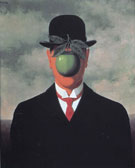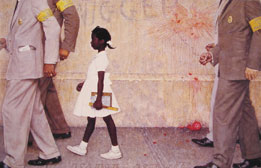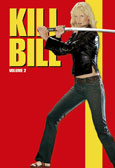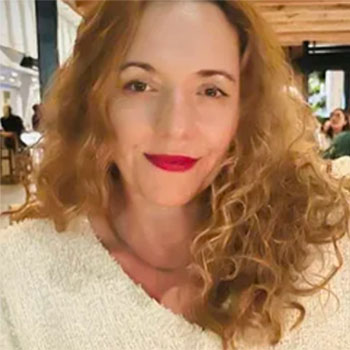
Humanities
HUMN 4
 |
 |
 |
Trauma and the Arts
This course aims to deepen our understanding of violence, trauma and their respective representation in art. We will reflect on issues such trauma and memory; trauma and (the politics of) loss; racism and trauma; trauma and 9-11; trauma and the Holocaust as well as the representation of violence in war, natural disaster and revenge phantasies.
Specifically, we will examine representations of violence and trauma in literature, art, photography, memorials and most importantly film. The course draws from a wide array of works including those by cultural critics, philosophers and fiction writers and filmmakers such as Euripides, Toni Morrison, Art Spiegelman, Quentin Tarantino, Bong Joon-ho, Dominick LaCapra, Susan Sontag among others.
IMPORTANT NOTE:
Some of the course content includes graphic violence and controversial subject matter.
Enrollment constitutes your acceptance to read and view this material without prejudice
as part of the grading requirement.
In this course we will be using only on-line resources, so no textbooks are required. However, you will need to be able to stream movies, and I highly recommend you establish an account with Netflix for the duration of the course.
Course Objectives
- Identify diverse cultural and historical origins of values and ideas as related to violence and trauma.
- Distinguish the subtlety and complexity with which cultural ideas and values related to violence and trauma are disseminated, encoded and reinforced through literature and visual representation.
- Develop correlations between historical, philosophical and cultural contexts and artistic mediums in representing violence and trauma.
- Apply criteria of cultural and aesthetic (philosophical) analysis to art works depicting violence and trauma from various historical and cultural backgrounds.
- Trace how aesthetic representation of violence and trauma reflects and shapes national discourse.
- Identify and evaluate aesthetic experiences of violence and trauma and formulate reactions to these experiences.
- Demonstrate via discussion and in writing an awareness of the ways in which ideological and cultural viewpoints shape the representation and reception of art depicting violence and trauma.

